Rainbow Valley on Mount Everest is a deadly area where climbers face harsh conditions. Learn about its dangers, history, and tragic stories.
Rainbow Valley on Mount Everest is a very dangerous and challenging area located above 26,000 feet. It’s called the “death zone” because of the low oxygen levels and freezing temperatures. This area, also known as the Death Zone of Sagarmatha is covered with the bodies of climbers who didn’t make it. It’s named Rainbow Valley because of the bright colors from the jackets and gear left behind by these climbers.
Climbers on Mount Everest face tough conditions like bare ice and solid rock, which can lead to injuries or death. This harsh environment reminds us of nature’s power. Although Mount Everest is famous for its beauty and adventure, few people talk about its dangerous side, like the Everest Rainbow Valley.
Many climbers dream of reaching the summit, but rough conditions, low oxygen, and narrow paths mean that some never come back. The death zone is filled with bodies that stay preserved in the cold. Despite these dangers, people still try hard to succeed on Mount Everest.
Why Is It Called Mount Everest Rainbow Valley?
Rainbow Valley on Mount Everest gets its name from the colorful appearance created by the clothing of deceased climbers. This area is located near the summit, where harsh conditions often claim lives. The freezing temperatures preserve the bodies, and over time, their brightly colored climbing gear becomes visible, creating a striking, strange sight.
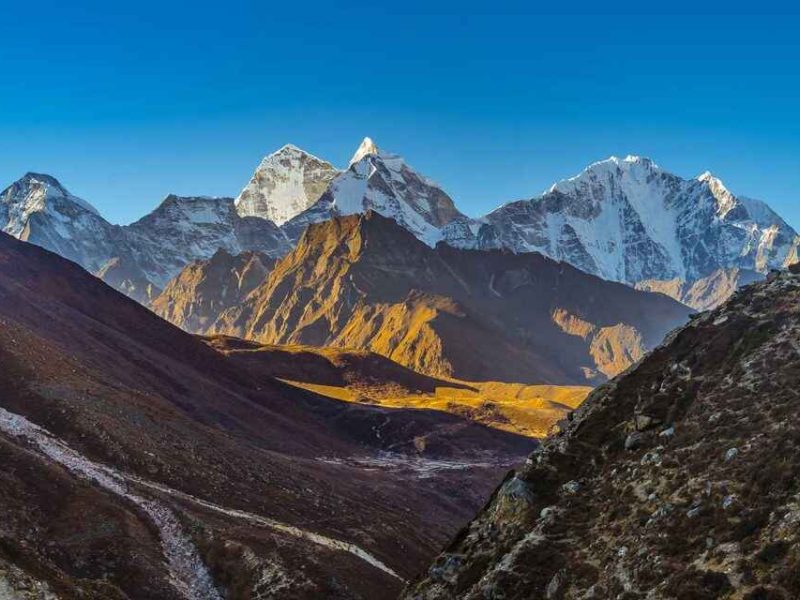
Climbers passing through this area see these colorful remains, giving the valley its name. It serves as a clear reminder of the mountain’s dangers, with the vibrant colors contrasting against the snowy, desolate landscape. Rainbow Valley is both a memorial and a warning, symbolizing the extreme challenges and risks faced by those attempting to succeed at the world’s highest peak.
The sight of Rainbow Valley is not just about the bravery and determination of the climbers, it shows how dangerous high-altitude climbing can be. Its name suggests beauty but also reminds us of the sad truth, climbing Everest can cost lives. It’s a strong reminder that adventure has risks, and the mountain demands respect and carefulness from those who try to succeed.
How Many People Have Died In The Rainbow Valley Everest?
Rainbow Valley, also known as the “death zone” on Mount Everest, has claimed the lives of numerous trekkers due to its extreme altitude and harsh conditions, with many dying in this area since the 1953 successful climb.
Mt Everest Rainbow Valley has claimed the lives of numerous climbers due to its risky terrain, thin air, and extreme cold, despite technological advancements and climbing techniques. The area remains a deadly obstacle for those attempting to reach Everest’s Summit.
Are There Still Dead Bodies In Mt Everest Rainbow Valley?
The “death zone” on Mount Everest’s Summit houses the remains of climbers, posing risks to rescue and recovery operations due to the extreme conditions and difficulties of high-altitude mountaineering.
Rainbow Valley is a tragic location where the bodies of Everest climbers are preserved due to low temperatures and oxygen levels, symbolizing danger and sacrifices. Rescue teams bravely attempt to bring the bodies down, reminding climbers of their sacrifices.
Over 200 bodies have been piled up in the Rainbow Valley since the first attempt to climb Mount Everest, with the numbers expected to stop rising once the Everest Expedition ends. Recovering bodies from the valley is difficult due to the risk of carrying them from 8000m to 5000m altitude.
Main Cause Of Death In Rainbow Valley Everest
Mount Everest, the world’s tallest peak, attracts climbers from all over for its adventurous and risky path. More than 5,000 climbers have attempted the ascent, but over 200 have tragically lost their lives. The main causes of death include avalanches, falls, altitude sickness, and tiredness. Fortunately, the death rate has decreased from 2.2% in the 1970s and 1980s to 1% in 2019.
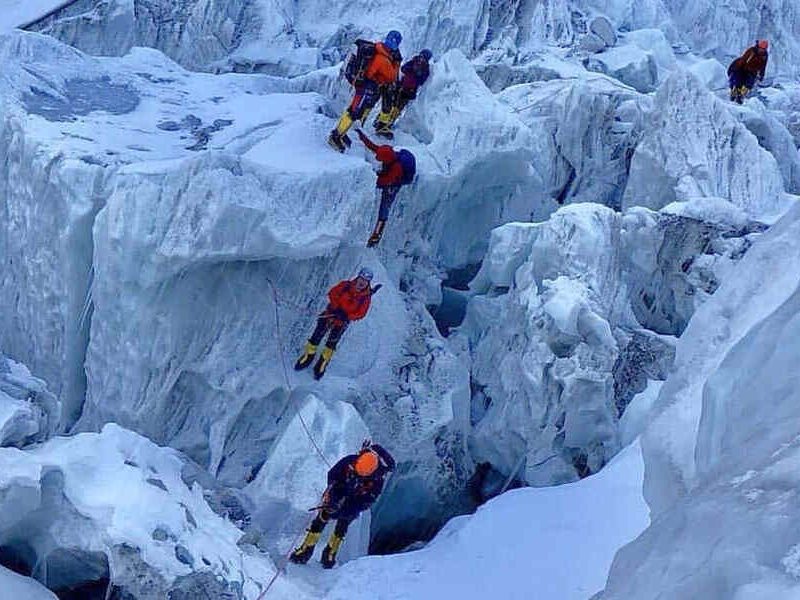
The most risky area is the “death zone” of Mount Everest, where oxygen levels are low, weather is severe, winds are strong, and the path is narrow and unsafe. Snowslides account for 41.6% of fatalities, followed by acute mountain sickness at 22.2%. Falls and exhaustion also contribute to the death toll.
Rainbow Valley, known for its extreme cold, avalanches, falls, and exhaustion, is another hazardous area on Everest. It’s noted for its unstable snow and ice conditions that have claimed many climbers’ lives.
What Happens To Rainbow Valley Everest’s Dead Bodies?
Dead bodies in Rainbow Valley remain unrecoverable due to extreme weather, narrow paths, and strong hurricane winds. Rescue efforts are challenging, with helicopter rescue not ideal due to the harsh climate and limited space for multiple rescuers.
The Death Zone, above Mt. Everest’s 8000m, is a famous area for death due to few oxygen levels. The narrow path can only hold one body at a time, so dead bodies are pushed towards the Rainbow Valley below. Over 300 climbers have died in this area since 1922, with an avalanche in 2015 killing at least 19 climbers.
The corpses in Rainbow Valley and the Death Zone of Mt Everest are often permanently in the area or occasionally recovered due to the challenging conditions. Recovery is expensive and requires multiple heads, with the cost exceeding 70k USD.
In 1984, two Nepalese mountaineers died while recovering a body from the death zone. The main cause of death remains unknown.
Where Is Rainbow Valley, Mount Everest?
Rainbow Valley on Mount Everest is a location that has yet to be marked on a map. Instead, it’s a term used to describe various spots where the colorful clothing of climbers who lost their lives contrasts against the snow and ice. These areas are spread out along the challenging routes climbers take to reach the summit of Everest.
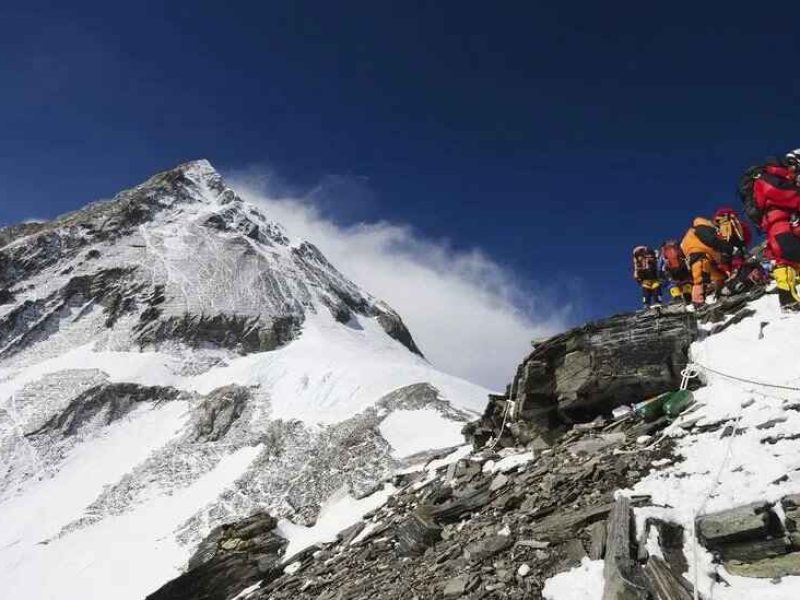
Rainbow Valley on Mount Everest reminds climbers of the dangers of high-altitude climbing. Here, they see reminders of climbers who died trying to reach the summit. It shows both the attraction and the dangers of Mount Everest. The bright gear left behind tells stories of people’s efforts and tragedies in the challenging and harsh environment of the mountain.
The Stories Of Everest Base Camp
During the Everest Expedition, climbers gather in base camp for several weeks, creating a vibrant atmosphere. They engage in activities like dancing, singing, and storytelling, sharing old legends about Everest, including Hannelore Schmatz, Green Boots, and Sleeping Beauty.
Hannelore Schmatz
Hannelore, a German mountaineer, became the first woman to die on Mount Everest’s lapse in 1979. She and her husband climbed the peak with six other climbers and 5 Sherpas. On their way back, Hannelore and Ray Genet spent the night in the death zone due to a snowstorm.
Hannelore and a sherpa stayed in the death zone, where she fell and remained unresponsive. Two other climbers later died while trying to recover her body. Ray Genet died before sunrise, while Hannah fell on her back and never woke up. Her body remains preserved in ice, and two climbers attempted to recover it five years later.
However, Hannelore and American climber Ray Genet died during the descent due to hypothermia.
Sleeping Beauty
Sleeping Beauty is the story of Francys Arsentiev, the first American woman to walk the Everest trails without supplemental oxygen. She lost consciousness during her descent and was left behind with an ice burn.
In 2007, Ian Woodall conducted an expedition to find her body, which was found and dropped in a lower location. Arsentiev stayed in the Rainbow Valley for nine years, and her body is now hidden from climbers taking the northern route.
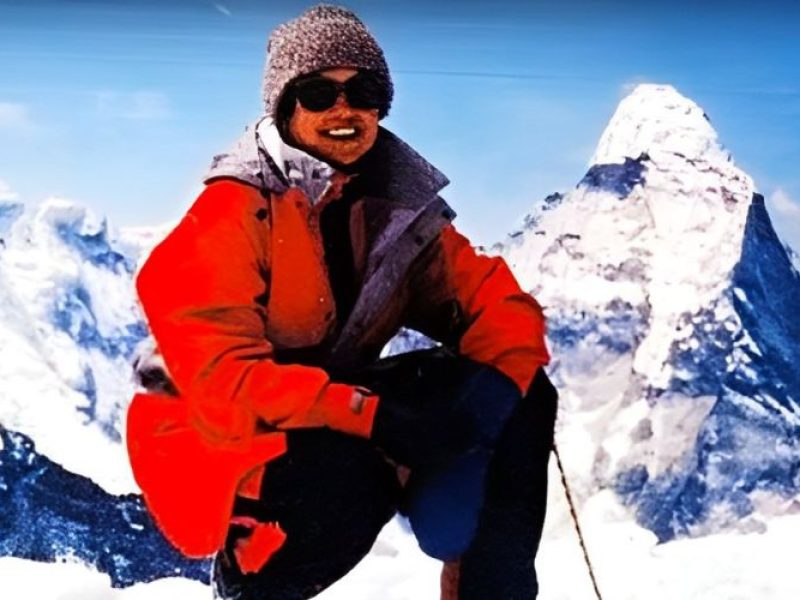
Francis Arsentiev, known as the “Sleeping Beauty of Everest,” and her husband Sergei Arsentiev attempted to reach the top of Mount Everest without supplemental oxygen. Despite surviving the climb, they fell apart during the descent. Sergei tried to find Francy but failed, and her body remains a symbol of the mountain’s dangers.
She was the first American woman to climb Mt. Everest without supplemental oxygen and died in 1998. Despite feeling uncomfortable, she remained on the peak for three days without oxygen. Despite being rescued, she was found dead, ice-burned, and near death. She was named “Sleeping Beauty” and left to die in the Everest backdrop.
Green Boots
The Green Boots corpse is the body of a climber believed to be Tsewang Paljor, an Indian climber who disappeared in 1996. The body, named after the green boots it is wearing, is located in a cave near the summit of Mount Everest. It has become a well-known landmark on the North Everest Trail, often used by other climbers as a resting spot.
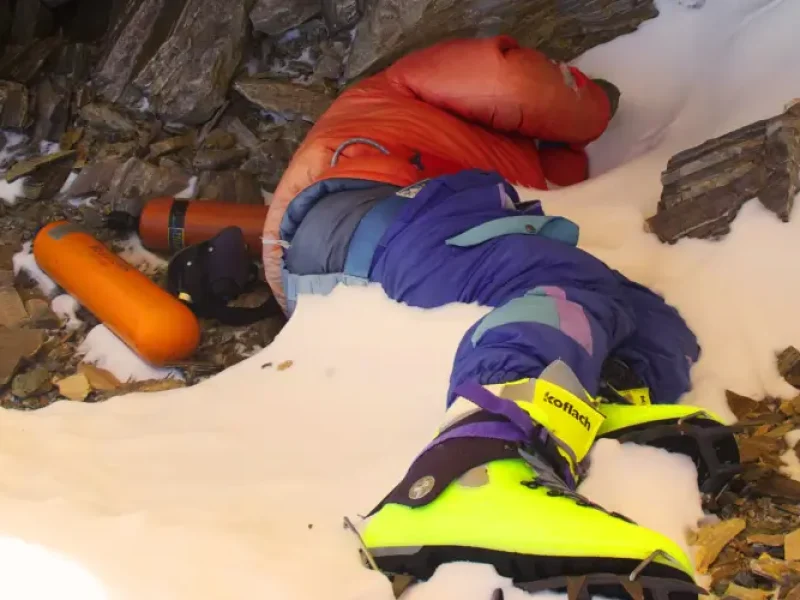
This limestone cave, known as “Green Boots Cave,” highlights the dangers of high-altitude climbing. The body lies below the summit and serves as a navigation point for climbers, with about 80% stopping to rest there.
Frequently Asked Questions (FAQs)
1. How do climbers prepare for the challenges of the death zone?
Climbers undergo rigorous physical training, acclimatize at various altitudes, and use supplemental oxygen. They also rely on experienced guides, carry specialized equipment, and plan their ascent carefully to minimize risks.
2. How do climbers prepare for the challenges of the death zone?
Climbers undergo rigorous physical training, acclimatize at various altitudes, and use supplemental oxygen. They also rely on experienced guides, carry specialized equipment, and plan their ascent carefully to minimize risks.
3. How many climbers have successfully summited Mount Everest?
Over 5,000 climbers have successfully reached the summit of Mount Everest since the first successful ascent in 1953, despite the significant risks involved.
4. Can rescue operations be conducted in the death zone?
Rescue operations are extremely challenging due to the harsh conditions, narrow paths, and high altitude. Helicopter rescues are rare and risky, and ground rescues require significant manpower and resources.
5. What are some safety measures climbers take while ascending Everest?
Climbers use ropes and harnesses, wear protective clothing, follow established routes, and take regular rest breaks. They also monitor weather conditions closely and adhere to strict climbing schedules to avoid the most dangerous conditions.

Comment (0)